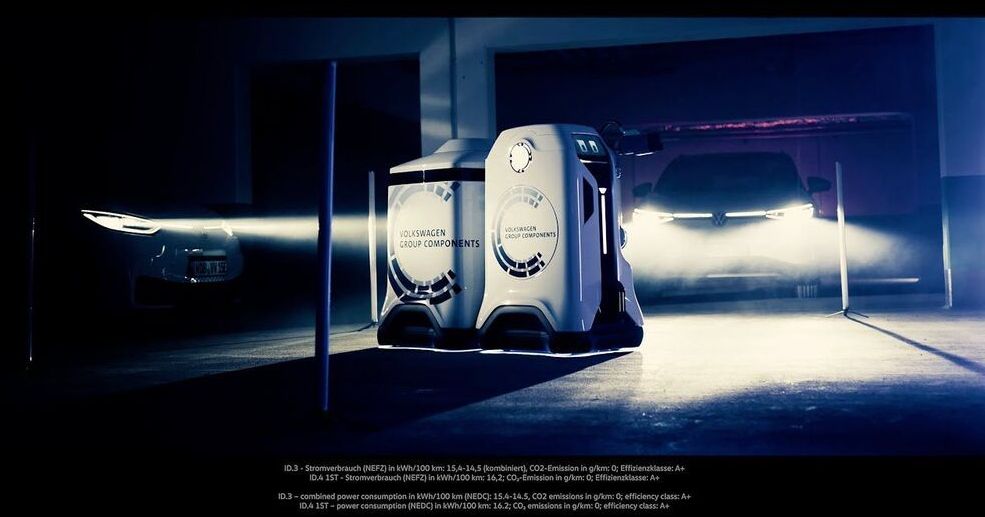Dec 31, 2020
Electric airplanes are getting tantalizingly close to a commercial breakthrough
Posted by Omuterema Akhahenda in categories: military, sustainability
For $140000, you can fly your own electric airplane. The Slovenian company Pipistrel sells the Alpha Electro, the first electric aircraft certified as airworthy by the Federal Aviation Administration (FAA) in 2018. It’s a welterweight at just 811 pounds (368 kilograms), powered by a 21 kWh battery pack—about one-fifth the power of what you’d find in a Tesla Model S. For about 90 minutes, the pilot training plane will keep you and a companion aloft without burning a drop of fossil fuel.
Those of us without a pilot license will have to wait longer for emissions-free flight—but not much. For all its challenges, 2020 has proven to be a milestone year for electric aviation. Electric aircraft set new distance records, replicated short commercial flight paths, won over the US military, and attracted buyers from big airlines.
And in June, European regulators granted another of Pipistrel’s aircraft, the Velis Electro, the world’s first electric “type certification,” deeming the entire aircraft design safe and ready for mass production (airworthiness only certifies individual aircraft).

















